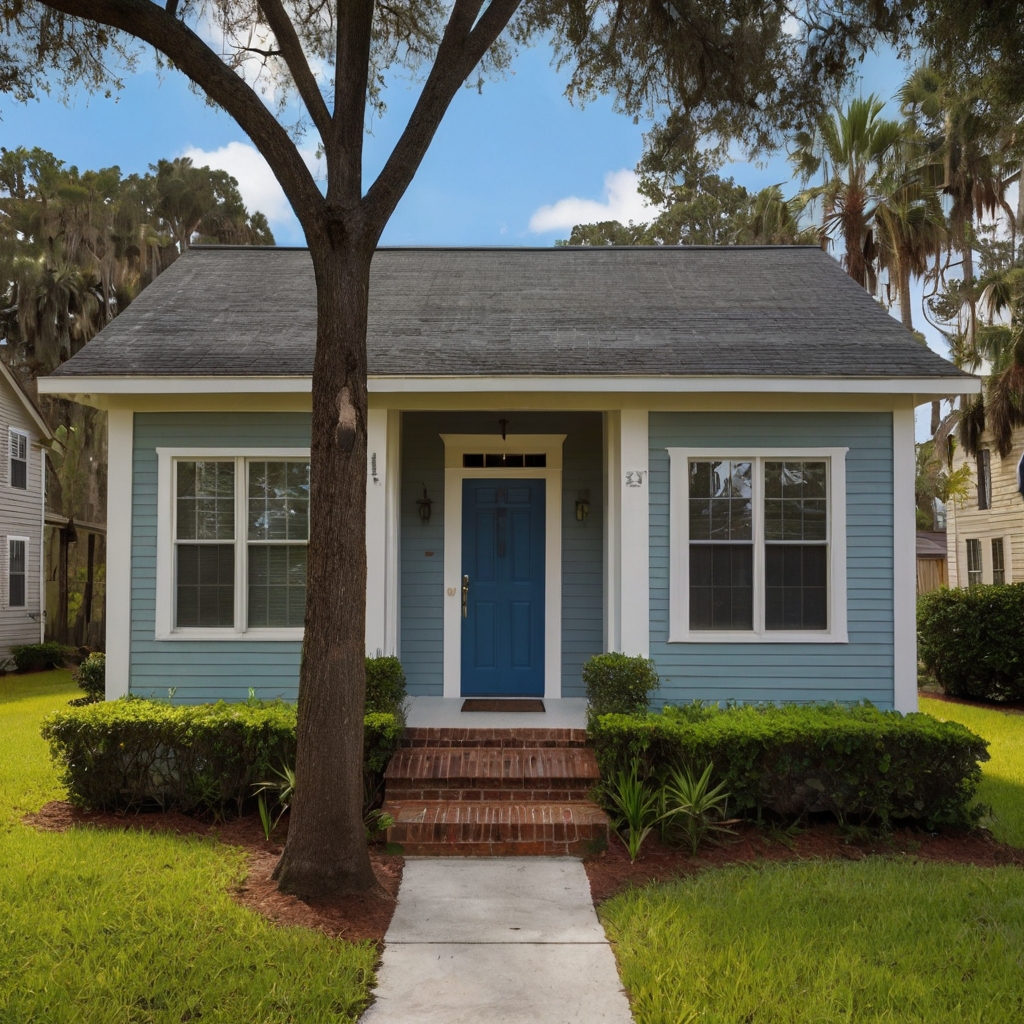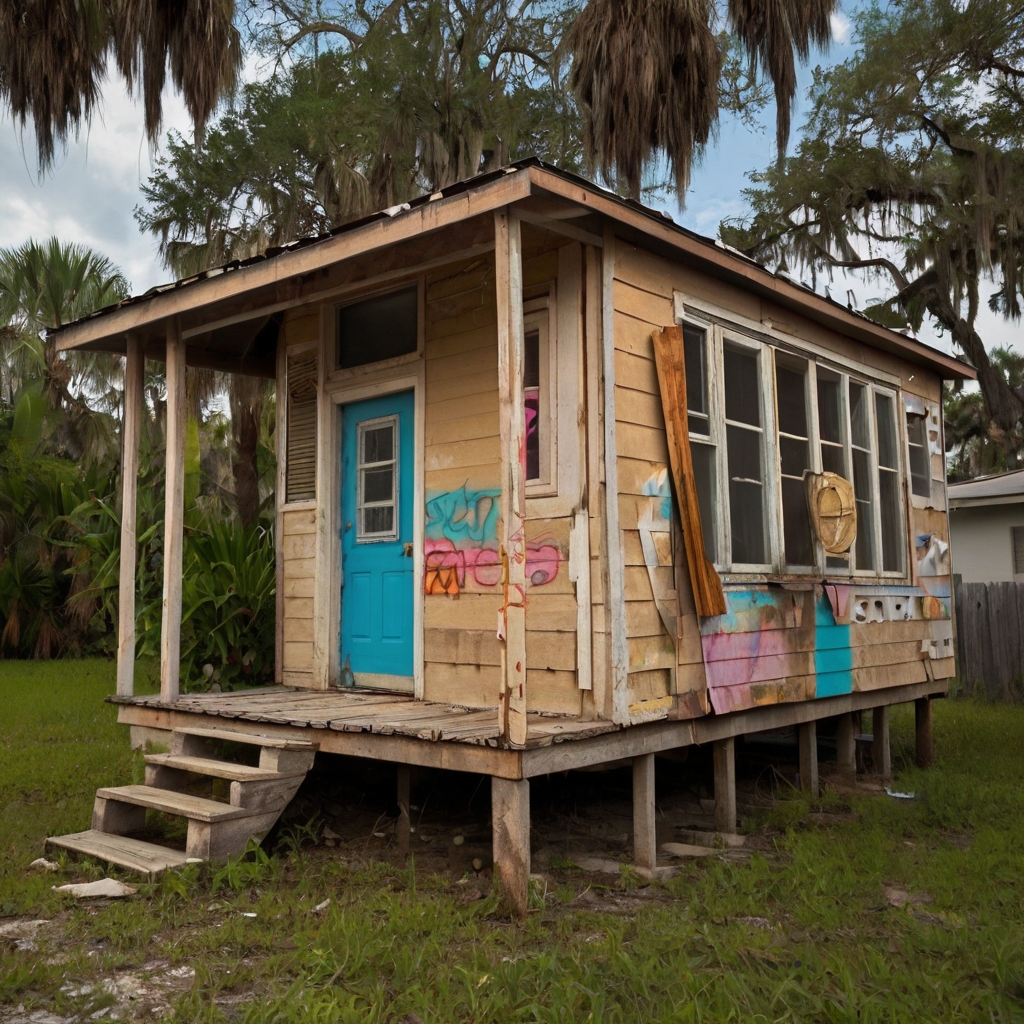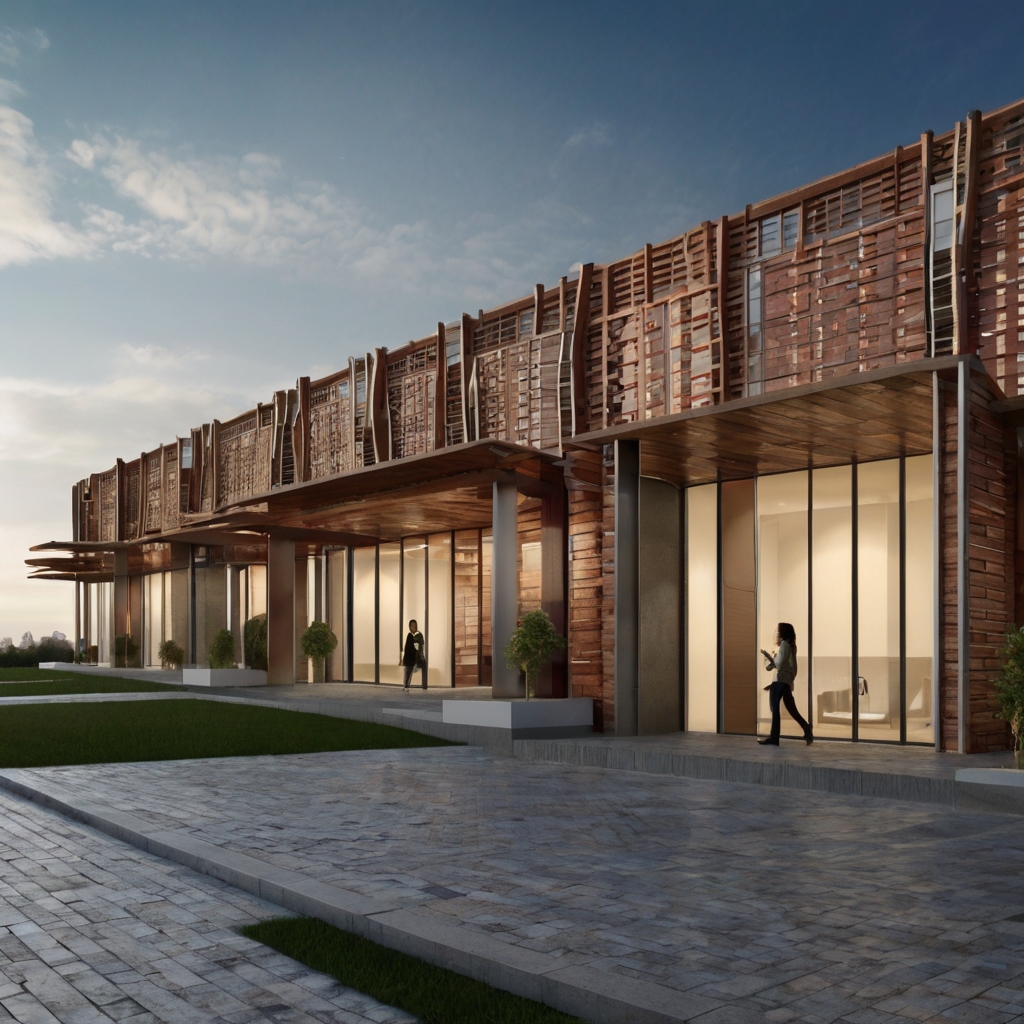Montana stands out as America’s most outdoorsy state, and with good reason too. The state boasts over 30 million acres of public lands and ranks 6th nationwide in economic strength.
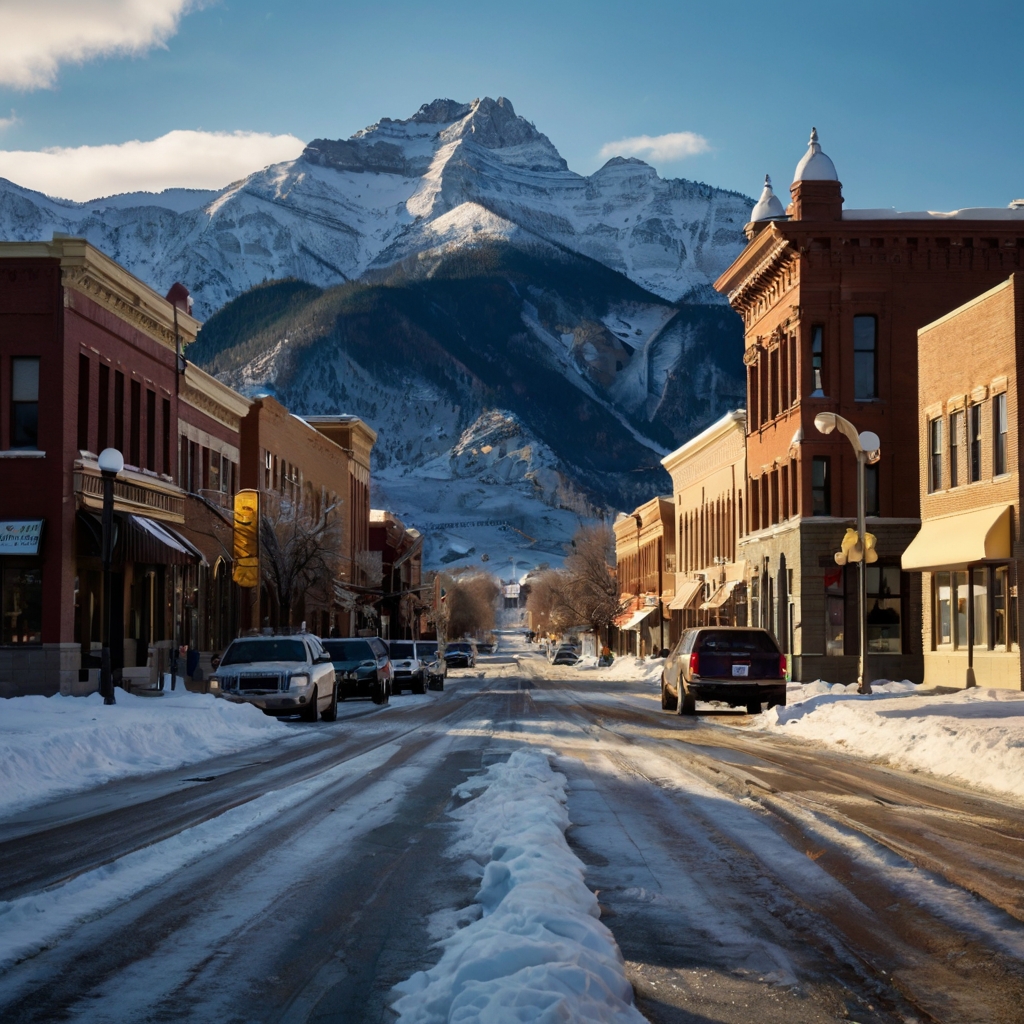
Life in Montana comes with some clear perks. Residents pay no sales tax and students benefit from small class sizes with a 14:1 student-to-teacher ratio. Each major city brings something special to the table. Bozeman thrives with its expanding tech industry, while Missoula shines with its rich university culture. Billings attracts entrepreneurs with its robust business climate. The state’s sparse population density – under 8 people per square mile – makes it perfect for anyone seeking peace away from bustling cities.
This piece dives into what makes Montana tick in 2025. You’ll learn about job prospects, housing prices, and what daily life looks like for anyone thinking over a move to Big Sky Country.

Montana’s Economic Landscape in 2025
Montana’s economy grew by 3.9% in 2023. The state’s economy keeps expanding at a steady pace. Growth comes from a variety of industries and a strong job market.
Current job market trends
The job market stays strong with a 3.2% unemployment rate as of November 2024. Montana has added 45,000 jobs since 2020 and keeps its record-high labor force levels. The Montana Department of Labor and Industry expects about 5,330 new jobs each year through 2032.
The state ranks 8th in the nation for highest in-migration rates since 2020. The population grew by 5.2% from 2020 to 2024. This growth created a tight labor market where nearly two jobs exist for every person without work.
Major industries and growth sectors
Several key industries form the backbone of the state’s economy. Healthcare guides job creation with 3.1% growth in 2023. Experts project 1,310 new healthcare positions yearly through 2033. Construction comes next as a major growth sector, adding about 1,060 jobs each year.
Montana’s diverse economy has these strengths:
- Financial activities generate 19% of total GDP
- Healthcare has over 70,000 workers
- Manufacturing grows at 5.4% annually
- Tourism supports more than 50,000 jobs
Average income and cost comparison
Montana workers earn an average weekly wage of USD 1,084.49 in 2025. The median household income stands at USD 69,922. Personal income per capita has reached USD 64,989.
The state ranks 35th nationwide in living costs. People spend USD 47,887 yearly on personal consumption, which breaks down to USD 3,991 monthly. Housing costs vary by a lot. A typical home costs USD 430,528. Monthly rent ranges from USD 614 for a studio to USD 1,681 for larger units.
Best Cities to Live in Montana
Montana offers three amazing cities that could be your next home. Each city has its own unique charm and matches different life priorities and career goals.
Bozeman: The tech hub
Bozeman has grown into Montana’s leading technology center. The city hosts over 600 tech companies that generate more than USD 2.90 billion in yearly revenue. Montana State University powers the city’s tech ecosystem, which excels in photonics and smart sensor technology. Tech giants like Oracle, Snowflake, and Next Frontier Capital run major operations here. Next Frontier Capital has invested more than USD 29 million in 20 Montana companies.
The city’s new status as a Regional Technology and Innovation Hub has boosted its tech sector presence. Tech professionals and entrepreneurs will find great career opportunities here, especially in photonics and optical technologies.
Missoula: University town dynamics
Missoula ranks as America’s most fun city for young professionals. The city’s vibrant culture and outdoor activities make it special. It ranks second in the nation for entertainment venues per capita. Residents enjoy many concert venues, including the KettleHouse Amphitheater and The Wilma.
College graduates here earn a median income of USD 51,720 yearly. Single adults spend about USD 33,995 per year on living costs. The Clark Fork River runs through downtown and adds a unique charm. Outdoor enthusiasts love the nearby Blackfoot, Rock Creek, and Bitterroot rivers.
Billings: Business center overview
Billings, Montana’s largest city, serves as a business hub for more than 125,000 square miles. The city’s economy runs on:
- Healthcare services through its regional medical center
- Energy sector with three oil refineries
- Agricultural processing
- Transportation and logistics
The city shines with its business-friendly environment and support from organizations like Big Sky Economic Development. Entrepreneurs find Billings attractive thanks to its strategic location and resilient infrastructure. The city shows this through its growing startup scene and variety of business opportunities.
Real Estate Investment Potential
Montana’s real estate market offers attractive investment possibilities, though market patterns differ from region to region. Property values have stayed remarkably stable, with the typical home value hitting USD 463,962 in 2024.
Property value trends
The real estate market in Montana rests on solid ground. Home values shot up by 9.6% year-over-year, pushing the average sale price to USD 758,641. Market dynamics change based on location. Billings serves as a business hub with homes averaging USD 387,898, while Missoula’s properties fetch higher prices at USD 565,054.
Several factors make this market strong:
- Property taxes stay below national averages
- No state sales tax exists
- The economy shows healthy diversity
- Tourism growth lifts property values
The state’s housing inventory keeps growing. There are 7,592 homes up for sale and 1,489 new listings have hit the market. The market shows steady growth potential without wild swings, making it perfect for investors looking at the long game.
Rental market analysis
Montana’s rental market looks promising and its future seems even brighter. The state should lead the nation with a 20.7% jump in rental rates by 2025. Right now, rental costs vary by city – Missoula’s average rent sits at USD 1,533, while Bozeman commands USD 2,275 each month.
Supply can’t keep up with demand in the rental market. The state lacks 16,629 affordable rental units. This shortage, combined with housing vacancy rates dropping to 3.8% between 2018 and 2022, creates perfect conditions for rental property investors.
Investors eyeing multi-family properties should look at Billings, Butte, and Bigfork. These top rental markets generate monthly cash-on-cash returns averaging 3.33%. The rental market thrives on strong demographic shifts. First-time homebuyers wait longer to purchase, and remote workers flock to Montana’s lifestyle benefits.
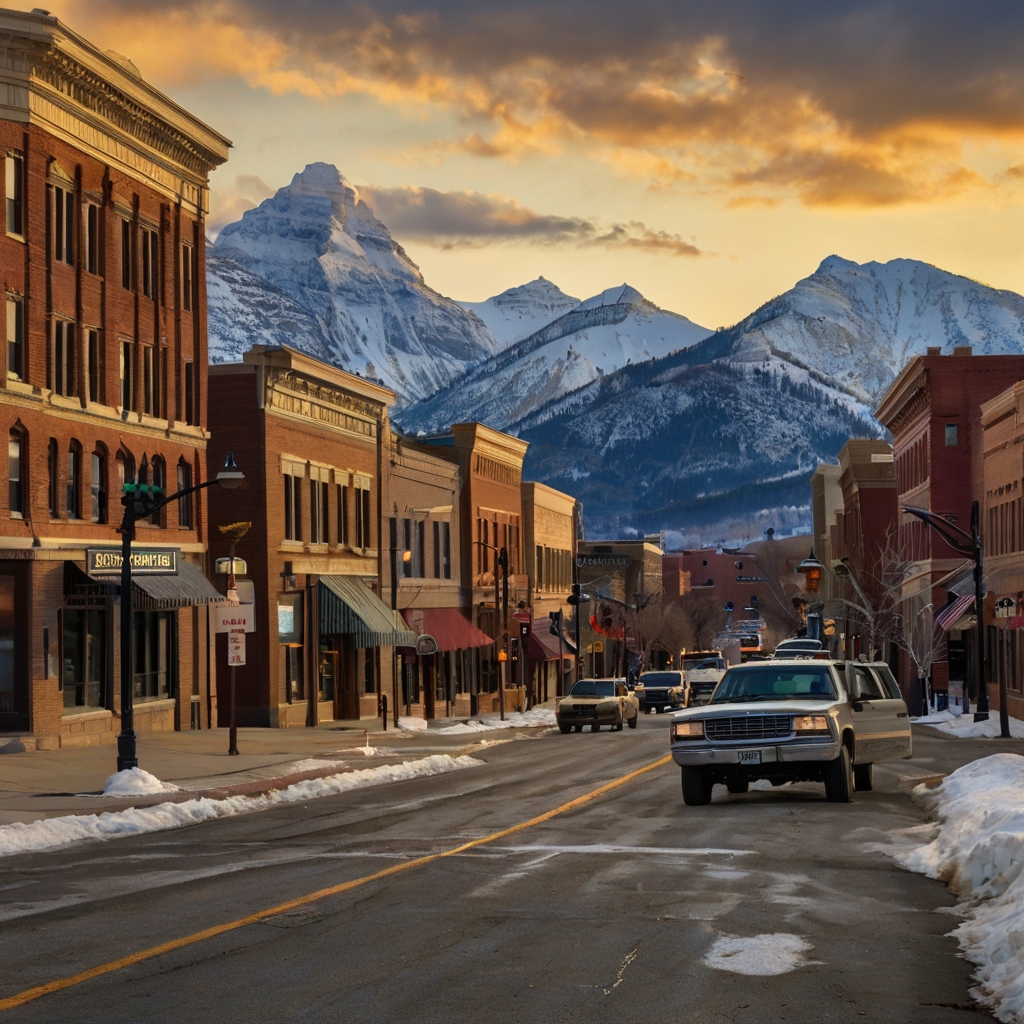
Business Opportunities and Growth
Montana’s business landscape continues to thrive with more than 60,000 new businesses established in 2024. The state now maintains 324,000 active businesses in good standing. This represents unprecedented growth in its entrepreneurial environment.
Startup ecosystem
The tech sector leads Montana’s startup growth at a pace nine times faster than the state’s overall economy. To cite an instance, Billings saw an 18% surge in startups since 2022. Organizations like Early Stage Montana provide complete support by connecting entrepreneurs with mentorship and investment opportunities.
The state’s startup ecosystem thrives through several initiatives:
- The John Ruffatto Business Startup Challenge for college entrepreneurs
- The Shark PITch Competition through Innovate Montana
- C2M Beta technology accelerator program
- Montana Procurement Technical Assistance Center (PTAC) for government contracting
Remote work infrastructure
Montana’s remote work environment has evolved significantly. Employers save an average of USD 11,000 per half-time telecommuter yearly through increased efficiency and reduced costs. The state features many coworking spaces, including Kiln Bozeman’s 30,000-square-foot facility near Montana State University.
Montana’s Department of Labor & Industry collaborates with Montana State University Extension to run the Remote Work Certificate Program. This program equips professionals with skills needed for remote employment, freelance work, and ecommerce opportunities.
Tax benefits for businesses
Montana ranks 6th nationally for Business Tax Climate, showcasing its business-friendly tax environment. Entrepreneurs benefit from substantial incentives including:
- The Job Growth Incentive Tax Credit, offering 50% credit on employer-paid payroll taxes for qualifying new employees
- The Qualified Endowment Credit for charitable contributions
- The Contractor’s Gross Receipts Tax Credit for public construction projects
- The Historic Buildings Preservation Credit, providing 25% credit on qualified restoration expenditures
S corporations enjoy pass-through taxation benefits, which eliminates corporate income tax. The state’s Micro-Business Loans program has generated over USD 1 million in private financing for small businesses.
Living Cost Analysis
Montana’s financial landscape paints an interesting picture with regional cost differences. The state’s cost of living is 2.2% higher than the national average, which brings both benefits and challenges to residents.
Housing expenses
Housing drives most of Montana’s living costs, and prices swing widely between cities. You’ll find median home listings at USD 624,950, but location makes a big difference. Billings homes sell for USD 439,000, while Bozeman’s prices reach USD 889,000.
The rental market tells a similar story. A typical two-bedroom apartment costs USD 1,700 per month. Current rental rates vary by city:
- USD 1,200 in Great Falls
- USD 1,400 in Missoula
- USD 2,300 in Bozeman
Daily living costs
Montana residents spend about USD 1,536.30 monthly. A 915-square-foot apartment’s basic utilities cost USD 127.54, and internet adds another USD 67.50. Transportation costs run 9% above the national average, though gas prices stay 2.9% lower than national rates.
Food costs are 2.9% higher than the national average. One adult spends roughly USD 241.56 monthly on food. Common grocery items cost:
- Half-gallon milk: USD 4.74
- Ground beef (per pound): USD 6.36
- Dozen eggs: USD 4.22
Healthcare and education expenses
Healthcare costs tell an interesting story. Annual health insurance premiums run USD 5,885 per person, which is USD 1,096 less than the national average. Medical services vary in cost:
- General doctor visit: USD 147.83
- Dental appointment: USD 110.17
- Eye examination: USD 131.33
Prescription medications cost 21.6% less than the national average. Parents pay USD 9,589 yearly for one child’s care. Public university education remains affordable at USD 7,334 per year.
The state’s lack of sales tax helps reduce overall expenses. A single person needs USD 30,800 yearly to live comfortably, while families need USD 84,600.
Montana gives people a perfect mix of economic chances and great living conditions. The state’s economy is booming with a 3.9% GDP growth and unemployment sits at just 3.2%. The zero sales tax policy and business-friendly rules make it an ideal spot for both entrepreneurs and working professionals.
The major cities each shine in their own way. Bozeman runs on technology, while Missoula’s rich culture fascinates newcomers. Billings stands strong as the commercial heart of the state. Housing prices differ a lot between areas, but strong property values and a growing rental market are a great way to get solid returns on investments.
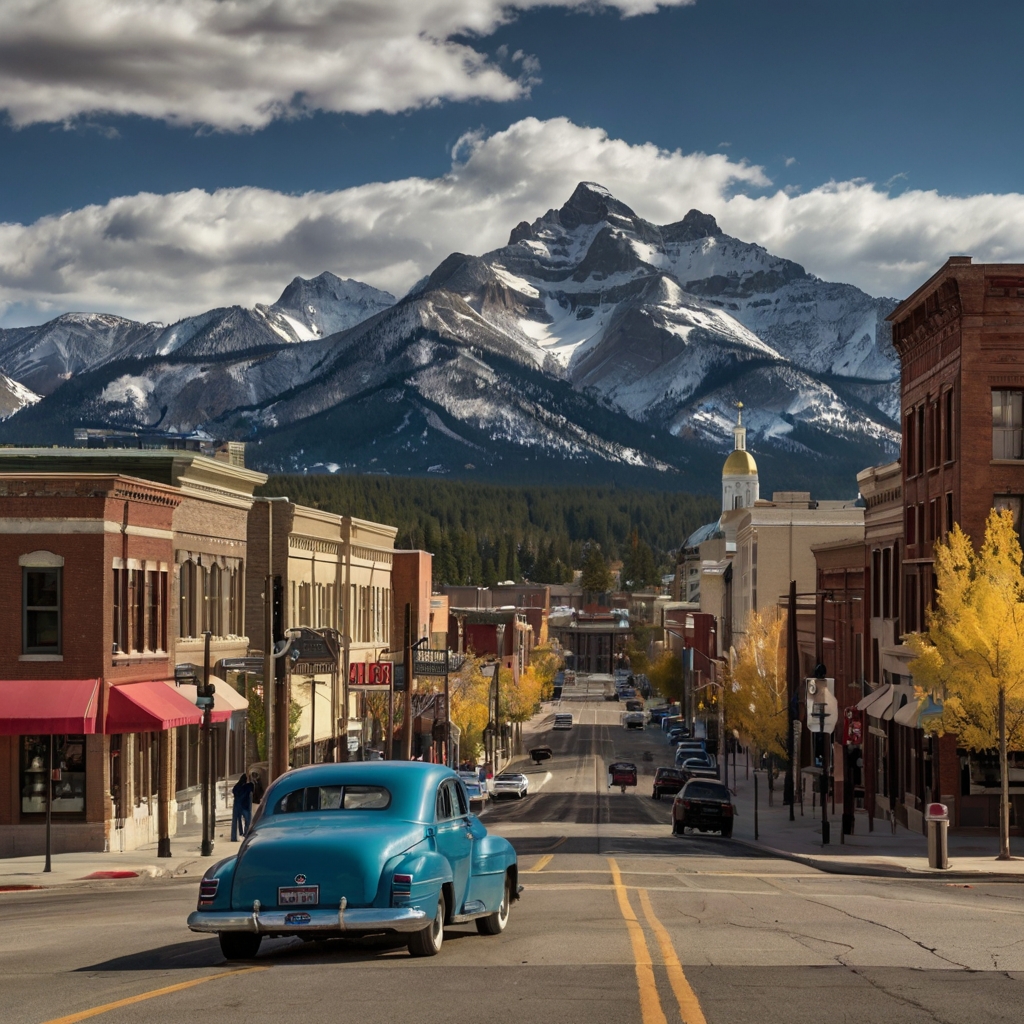
Business owners find Montana’s economic scene quite promising. The state welcomed 60,000 new businesses in 2024. Tax perks like the Job Growth Incentive Credit and other business benefits make Montana even more appealing to companies.
Life here costs a bit more than the national average. Yet Montana’s mix of career paths, outdoor adventures, and economic advantages draws many new residents. The state keeps growing steadily. Its stunning natural beauty and tight-knit communities make it a top pick for people who want both career success and a fulfilling life in 2025 and beyond.
Here are some FAQs about if is montana a good place to live:
What is the downside of living in Montana?
One downside of living in Montana is the harsh winters, with heavy snowfall and freezing temperatures making daily life challenging. Another issue is the rural nature of the state, which can limit access to healthcare, education, and entertainment options. While some may find the open space appealing, others may struggle with the isolation and long distances between cities.
Is it expensive to live in Montana?
The cost of living in Montana varies by city, but overall, it is rising due to increasing housing prices. In places like Bozeman, home prices have surged, making it difficult for many residents to afford property. However, compared to major metropolitan areas, some parts of Montana remain relatively affordable.
Is moving to Montana a good idea?
For those who enjoy outdoor activities and a slower pace of life, moving to Montana can be a great decision. Cities like Missoula and Bozeman offer beautiful landscapes and strong communities, but job opportunities may be limited in certain industries. The decision depends on lifestyle preferences, job prospects, and tolerance for extreme weather.
What do people in Montana do for a living?
People in Montana work in a variety of industries, including agriculture, tourism, healthcare, and technology. In Billings, a growing healthcare sector provides jobs, while Bozeman has seen an increase in tech-related employment. Many residents also work in seasonal industries, such as outdoor recreation and hospitality.
Why are people moving away from Montana?
Some people are leaving Montana due to the rising cost of housing and limited job opportunities in certain fields. Others struggle with the long, harsh winters or the lack of access to big-city amenities. While places like Missoula and Bozeman attract new residents, the overall cost of living continues to push some people out.
Is Montana racially diverse?
Montana is one of the least racially diverse states in the U.S., with a predominantly white population. However, Indigenous communities, particularly from various Native American tribes, have a strong presence in the state. Cities like Billings and Missoula have slightly more diversity compared to rural areas.
What salary do you need to live in Montana?
The salary needed to live comfortably in Montana depends on the city, with Bozeman and Missoula requiring higher incomes due to rising housing costs. A single person may need at least $50,000 per year, while a family might require $80,000 or more. In smaller towns, the cost of living is lower, allowing people to get by on less.
What is the crime rate in Montana?
Montana has a relatively low violent crime rate compared to national averages, but property crimes can be an issue in some areas. Cities like Billings and Missoula have higher crime rates than smaller rural towns. While crime exists, many residents feel safe due to the strong sense of community and lower population density.
What is the cheapest state to live in?
Mississippi is often considered the cheapest state to live in due to its low housing costs and overall affordability. Other affordable states include Arkansas, West Virginia, and Oklahoma. While Montana can be affordable in some areas, rising housing costs make it more expensive than these lower-cost states.

